Timelines
We will refer to the following timelines throughout this lecture.
How we Got Here
The Universe
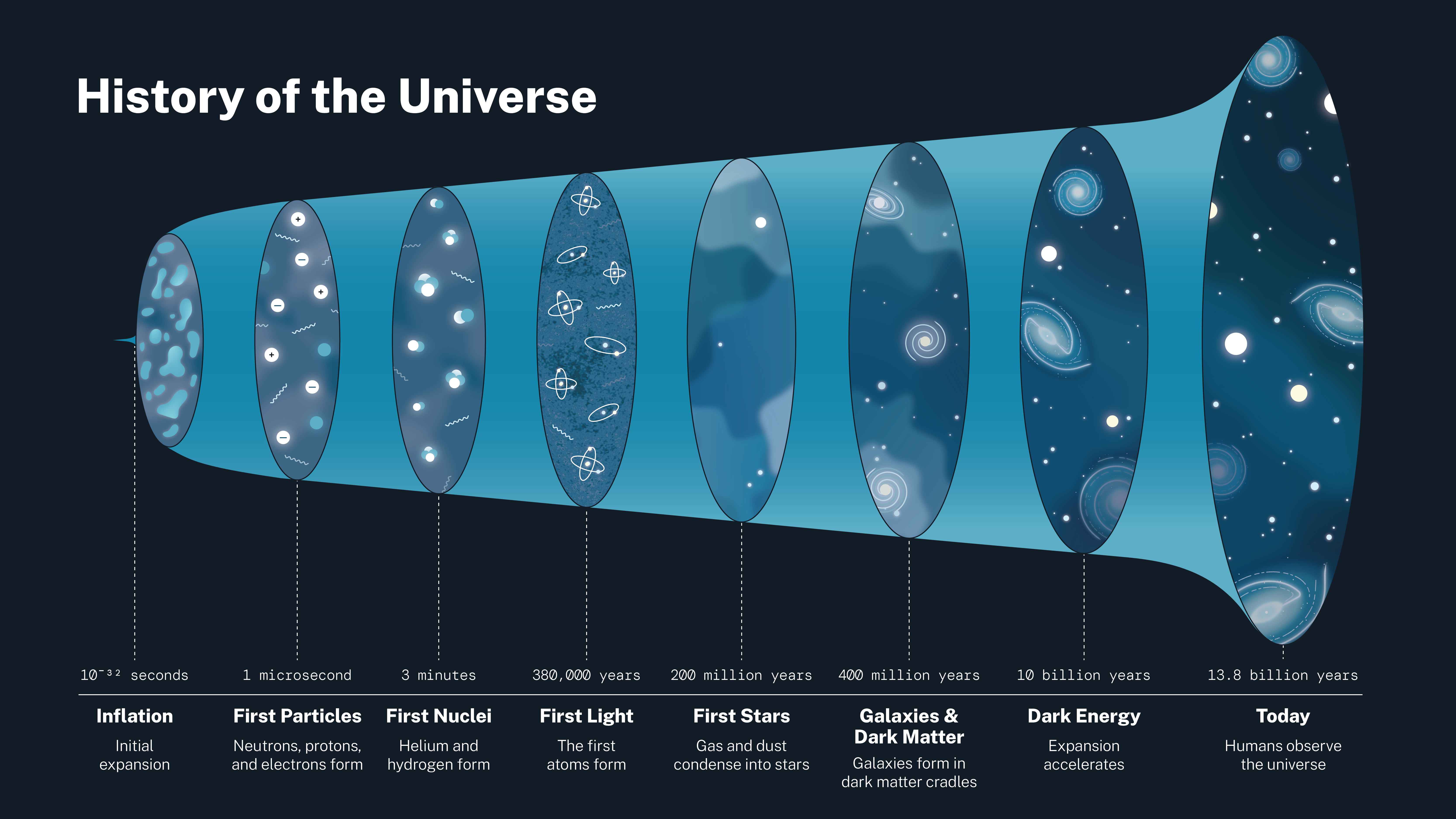
Earth
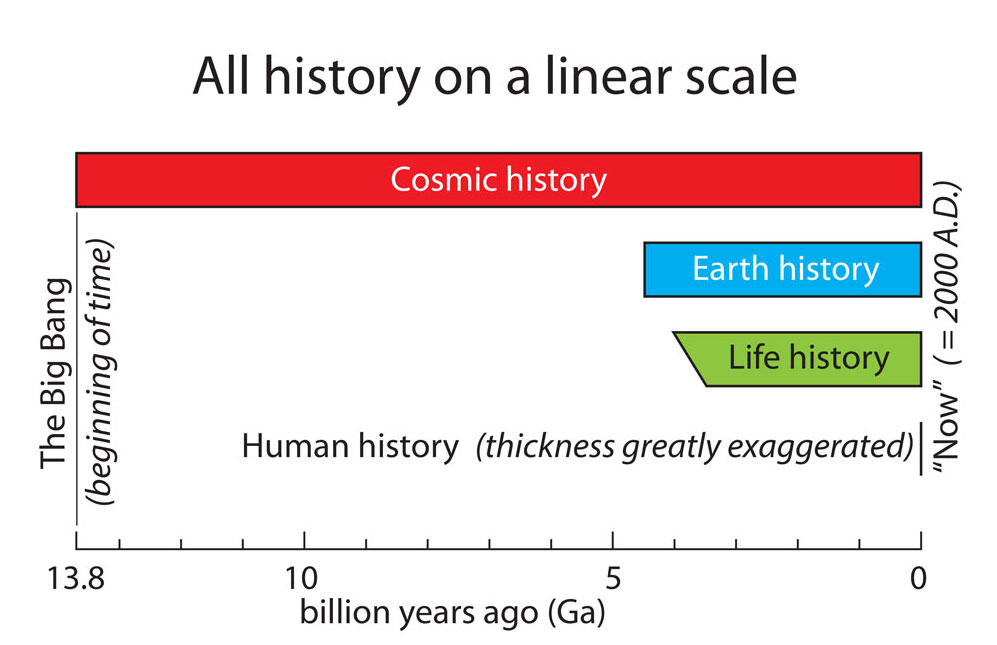
Human History
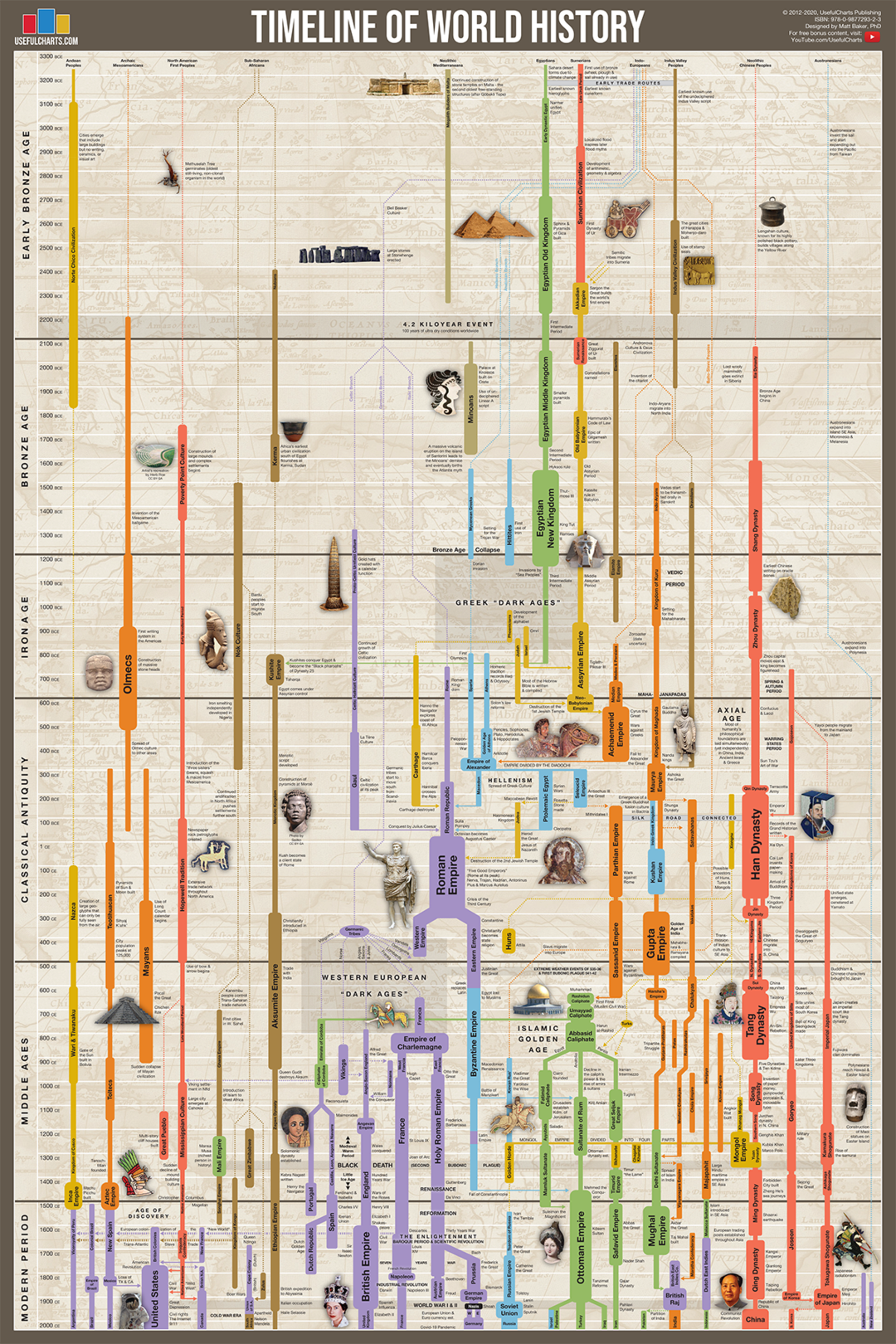
How our Technology Evolved
General Computing
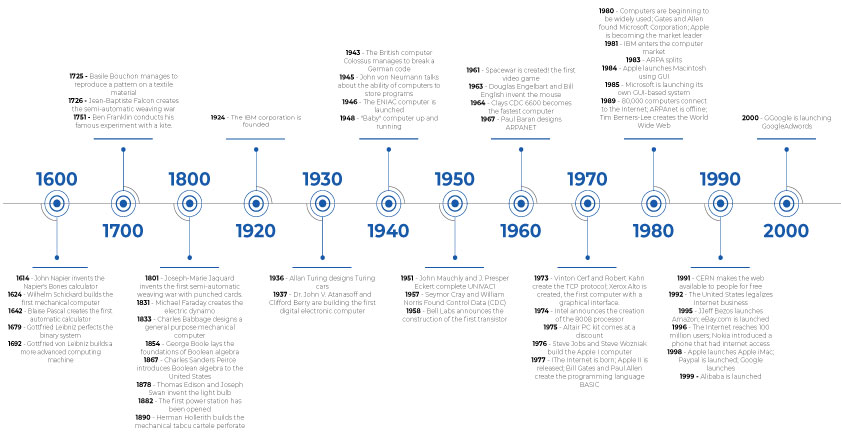
Timeline – important points in computer history
Internet
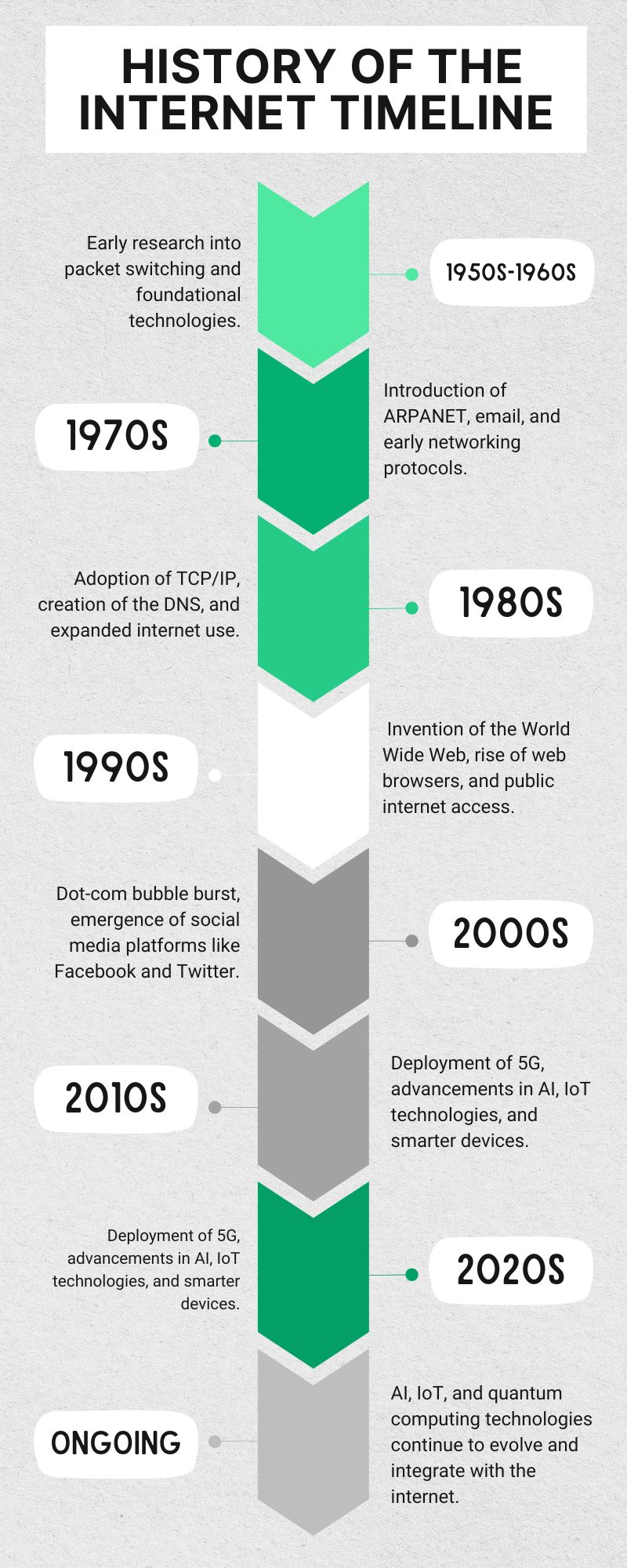
Personal Computers and Devices
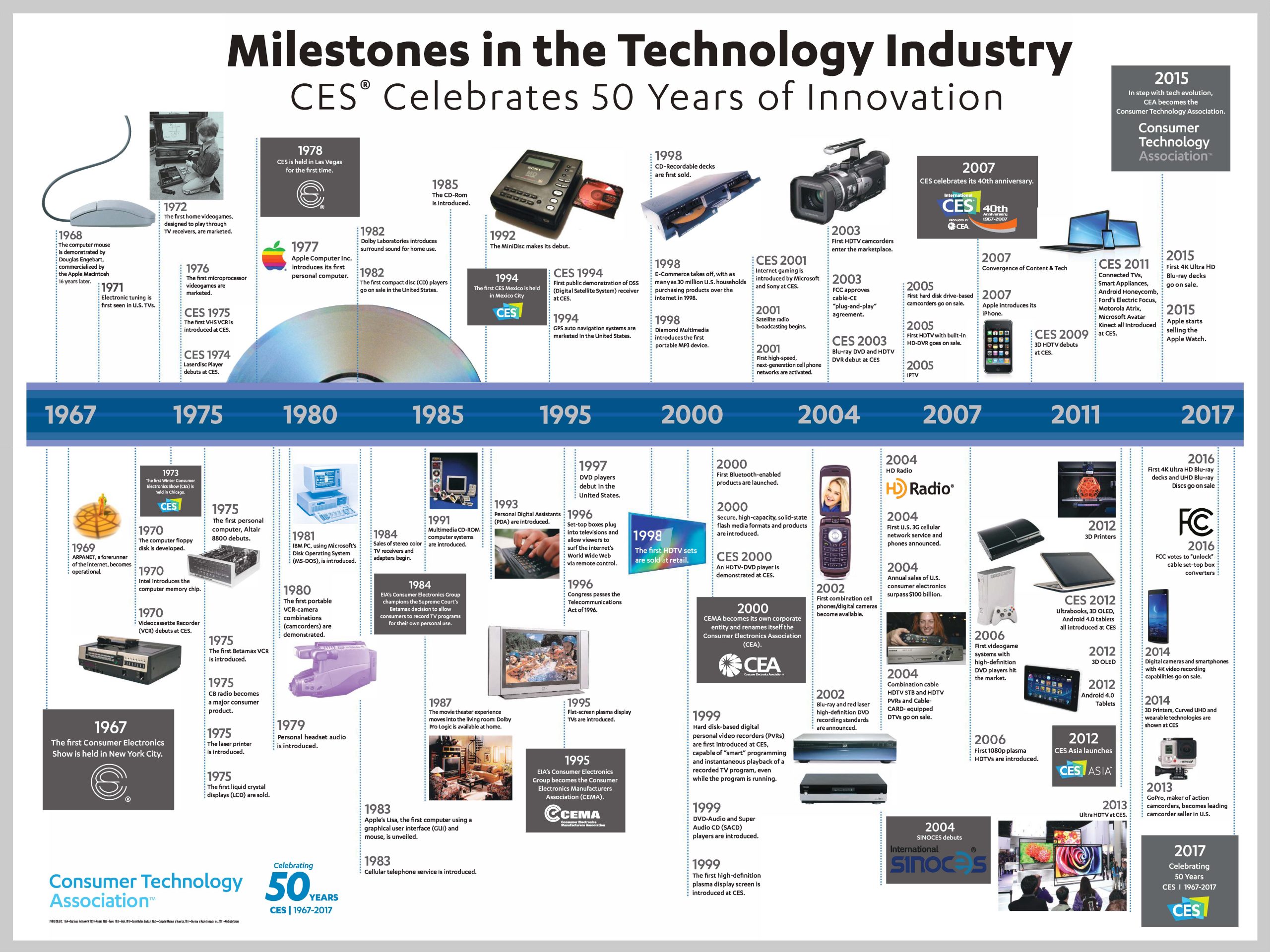
Expected Tech Literacy Through the Digital Age
For an "average" American:
1950-1970
- Basic radio operation
- Television operation (by late 1950s/1960s)
- Rotary telephone usage
- Basic office equipment (typewriters, adding machines)
- Understanding of recorded music (vinyl records)
1970s
- Push-button telephones
- Basic calculator usage (though not as widespread early in decade)
- Early video game consoles (Atari, etc.)
- Audio cassette operation
- Early VCR usage (late 1970s)
1980s
- VCR programming and operation (though many struggled with this)
- Video game console familiarity (mainly among youth)
- Touch-tone phone operation
- Walkman/portable music players
- Cable TV operation
1990s
- Basic computer usage (becoming common in homes by late 90s)
- Mouse and keyboard basics
- Basic word processing (mainly younger generations)
- Basic mobile phone operation (by late 90s, not widespread)
- CD player operation
2000s
- Basic email usage (becoming widespread)
- Basic web browsing
- Digital camera usage (point-and-shoot)
- Basic texting
- DVD player operation
- Basic mobile phone features
2010s
- Basic smartphone operation
- Text messaging proficiency
- Social media basics (Facebook, etc.)
- Basic app usage
- Digital photo taking/sharing
- WiFi connection basics
2020s
- Smartphone proficiency
- Social media across platforms
- Video calling
- Basic streaming service usage
- Mobile payment basics
- Basic password management
- Video conferencing basics (post-COVID)
Paradigm Shifts
Terminology
Digital Immigrants = Born before widespread computing/internet. Had to learn and adapt to digital technologies later in life.
Digital Natives = Born after 1990s. Never experienced a world without computers / Internet.
Key Changes
-
Analog to Digital
- Transition from physical to digital storage and transmission
- Examples: vinyl to MP3, film to digital photos, paper to digital documents
-
Stationary to Mobile
- From fixed locations to anywhere access
- Desktop computers → laptops → smartphones
- Landline phones → mobile phones → smartphones
-
Local to Cloud
- Shift from local storage to cloud-based services
- Software installation to Software-as-a-Service (SaaS)
- Personal servers to cloud computing
-
Passive to Interactive Media
- One-way broadcast (TV/radio) to interactive content
- Rise of social media and user-generated content
- Gaming and interactive entertainment
-
Privacy Evolution
- From relative anonymity to digital footprints
- Increasing concerns about data privacy and security
- Balance between convenience and privacy protection
-
Information Access
- Libraries and encyclopedias to instant internet searches
- Expert gatekeepers to crowd-sourced knowledge
- Traditional education to online learning